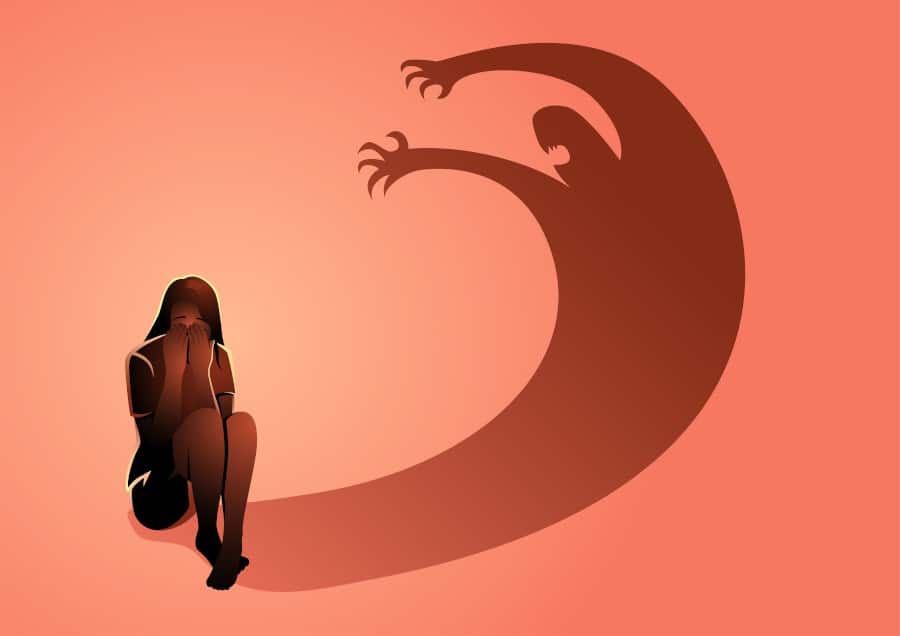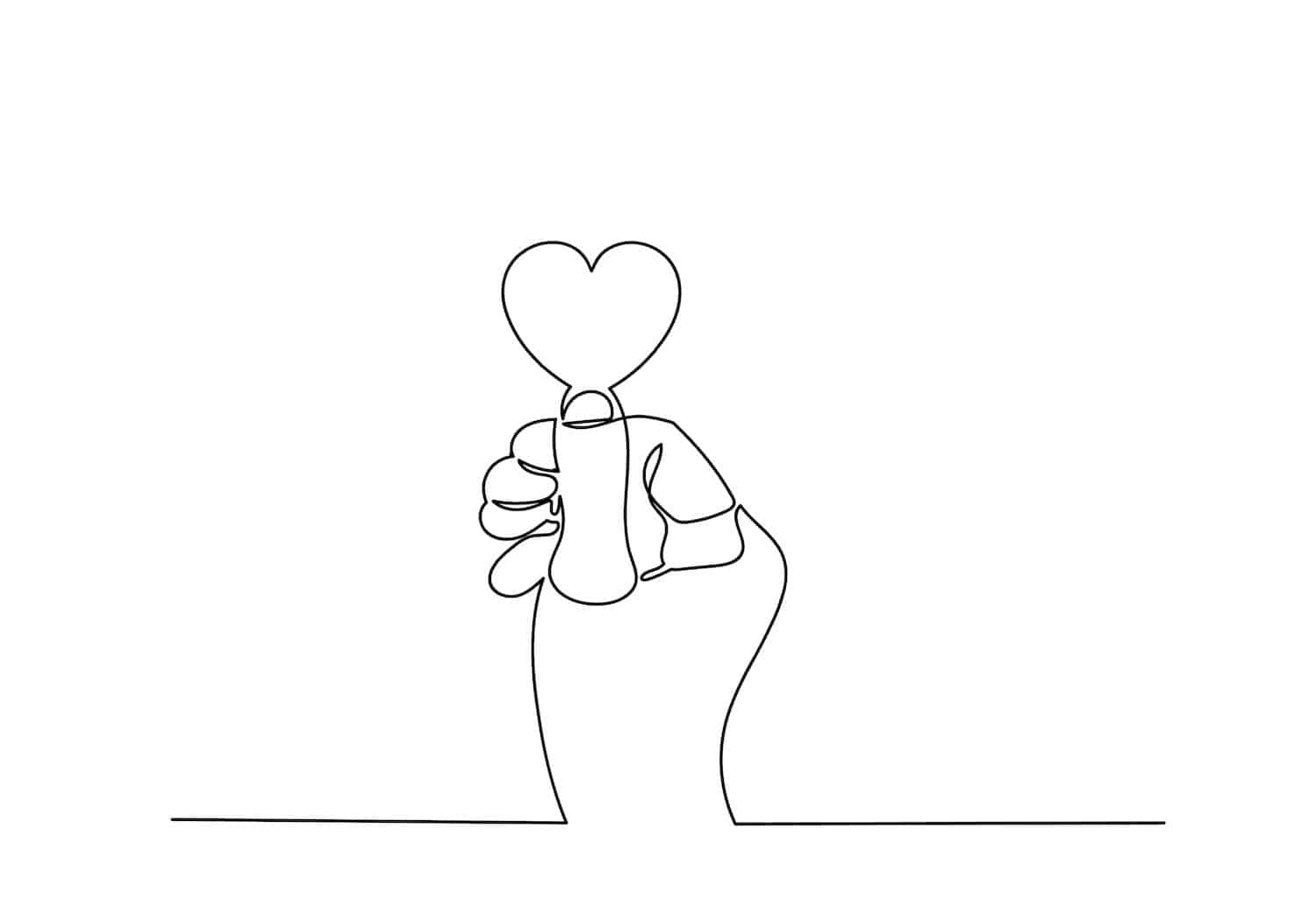Anxiety attacks are an unnerving part of living with an anxiety disorder. More often than not, an overwhelming situation or experience occurs that triggers anxious feelings. It’s not always possible nor is it the best course of action to avoid every triggering situation. However, learning to identify anxiety triggers can help you predict the possibility of an oncoming panic attack.
Once you know how to identify possible anxiety triggers, you can use coping skills to limit the impact of a possible panic attack. What are some of the most common triggers for anxiety and what can you do to work through them?
1. Socializing
Social situations, both large and small, are one of the most common anxiety triggers. An estimated 12.1% of adults in the U.S. experience social anxiety at some point in their lives, and 7.1% experienced it in the past year alone.1 Since socializing is usually stressful for people with anxiety disorders, recognize that it’s likely to be a tough experience for you, too. Take time to prepare for social situations mentally, and always have an out for when you’re ready to leave.
2. Important deadlines
An important deadline looming over your head is an easy way to trigger a panic attack. The need to perform well while crunched for time is enough to stress anyone. When you have an anxiety disorder, though, it only makes that stress even worse. Give yourself enough time to meet important deadlines when you know your due date is approaching.
3. Perceived conflict
Conflict, whether real or perceived, is another one of the most common anxiety triggers. Approaching potentially difficult conversations might make you anticipate the conversation before it arrives and ruminate on everything you say after it happens. Working through your perception and learning to identify genuine conflict will help you work through the difficulties of perceived conflict to avoid a panic attack.
4. Drinking too much caffeine
Drinking too much caffeine is another common type of anxiety trigger. This one might seem silly but drinking too much caffeine can quickly affect your anxiety levels. Caffeine is a mild stimulant but when consumed regularly or in large doses, it can lead to mild withdrawal symptoms when not using it or some noticeable symptoms after consuming it. Limiting or avoiding caffeine is a good way to avoid an unnecessary panic attack.
5. Seeking treatment
Although it may seem ironic, seeking mental health treatment can be a massive anxiety trigger. The thought of living with a mental health problem like depression or anxiety is difficult and you might have been raised to never ask for help. Seeking treatment is another trigger that could potentially lead to a panic attack. This is why surprising someone with mental health treatment can easily go wrong.
It’s best to allow some time for mental preparation when seeking treatment. Look for a treatment program like Lifeskills South Florida where we offer compassionate, individualized care to every person in our facility. We provide mental health treatment programs for individuals living with anxiety disorders, depression, post-traumatic stress disorder, and more.
If you’re ready to start the treatment process, find the Lifeskills South Florida Program that’s right for you today.
References
1. National Institute of Mental Health. (2023). Social Anxiety.




